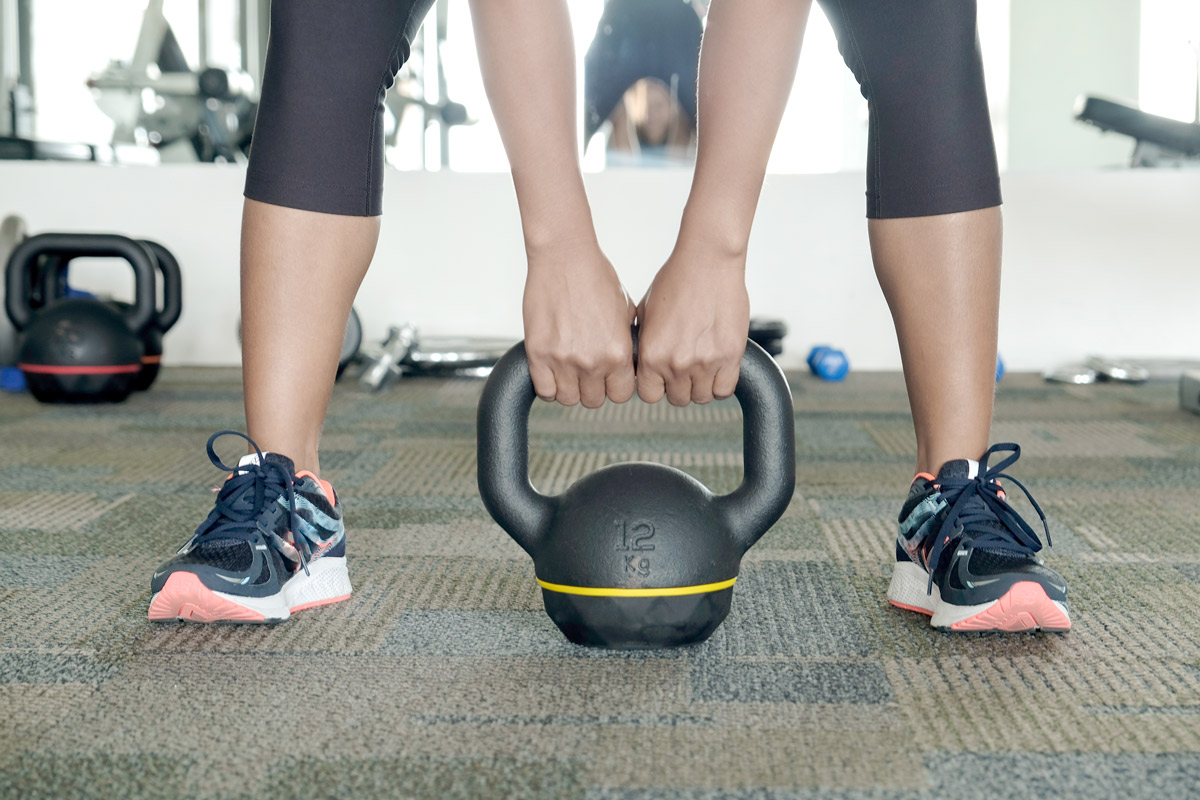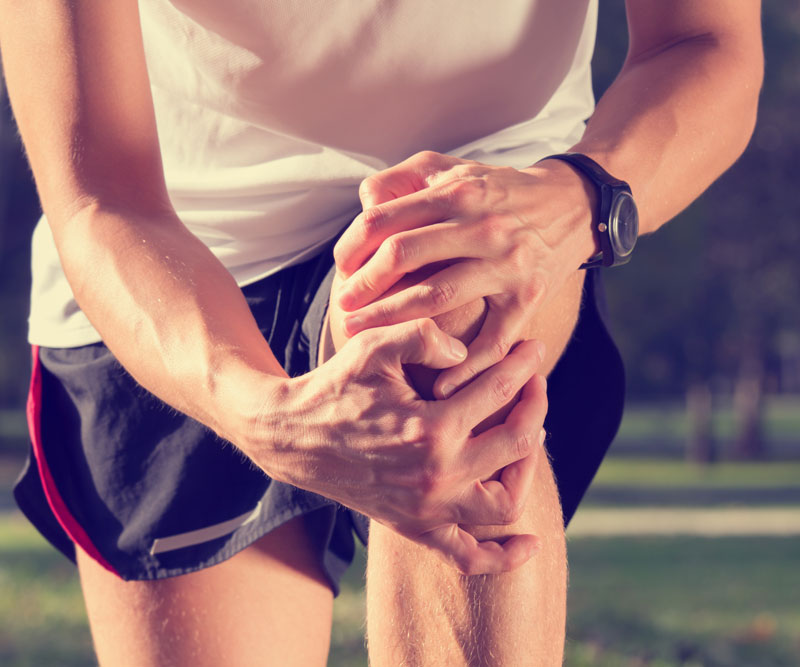
Safety Tips to Stay in Top Shape
The hardest part about exercising is deciding to start.
Now that you’ve gotten the tough part out of the way, it’s time to focus on what to do to make sure your body stays healthy and strong so that your effort at the gym doesn’t go to waste.
If it’s been a while since you last exercised, or if you plan to increase your regular workout regimen, check in with your primary care physician first.
Once you get the green light, follow these safety tips to stay in top shape:
- Wear the right gear. Workout apparel has come a long way since the days of Day-Glo leotards and legwarmers. While there are more choices than ever when it comes to exercise clothes, shoes and accessories, that doesn’t mean every option is right for you and the activity you’ll be doing.
Wear shoes that fit well and provide enough support for your body type and gait. With clothing, look for sweat-wicking fabrics or light-weight cotton in a loose fit. A properly fitted sports bra also is crucial, as is a helmet for cycling and protective gear for high-contact sports.
If you plan to work out outdoors, wear a hat, sunglasses and sunscreen for the daytime activity, and reflective clothing and/or lights for evening exercise.
- Go at your own pace. Remember, this is not a competition between you and the 20-something on the neighboring treadmill. The last thing you want to do is overdo it and get injured.
Listen to your body and ease into your exercise program. If it’s helpful, hire a trainer who can teach you proper moves and alignment so you know how it feels when your body is doing the exercise correctly – not how you think it should look based on what someone else is doing.
- Switch things up. Do you make a bee-line to the elliptical or always perform the same strength-training set every time you go to the gym? The definition of insanity is doing the same thing over and over expecting a different result.
Repeating the same exercises day in and day out not only gets boring and hinders results, it can lead to injuries.
A healthy mix of cardio and strength training is the winning combo for long-term fitness.
- Rest when you need to. Rest days are just as important as active days, because this is the time your muscles are repairing themselves and getting stronger.
- Have fun! There will be days when you may not feel like exercising, but don’t let a bad mood or lack of motivation impair your workout. Focus on the positives, like how your mind feels clearer after your yoga session, or how your Zumba class puts an extra spring in your step that lasts for days.
It’s natural to experience a certain amount of discomfort during exercise, and you can expect some muscle soreness a day or two after a challenging workout.
However, certain symptoms can indicate there is a problem, and adopting a “no pain, no gain” attitude can set you up for a trip to the emergency room.
Stop exercising immediately if you:
- Have pain or pressure in the left or middle part of your chest, or in the left side of your neck, left shoulder or left arm.
- Feel dizzy or sick.
- Break out in a cold sweat.
- Have muscle cramps.
- Feel sharp pain in your joints, feet, ankles or bones.
- Notice that your heart starts racing or beating irregularly.
If you have a nagging pain that just won’t go away or intense muscle pain that starts during a workout or right afterward, take a few days off from the activity that first caused the pain. Start slowly working your way back into the activity.
If the pain returns, get it checked out to rule out an injury. Your doctor or exercise specialist may be able to recommend a plan to help you heal and prevent future injuries.
Published on: January 5, 2017




